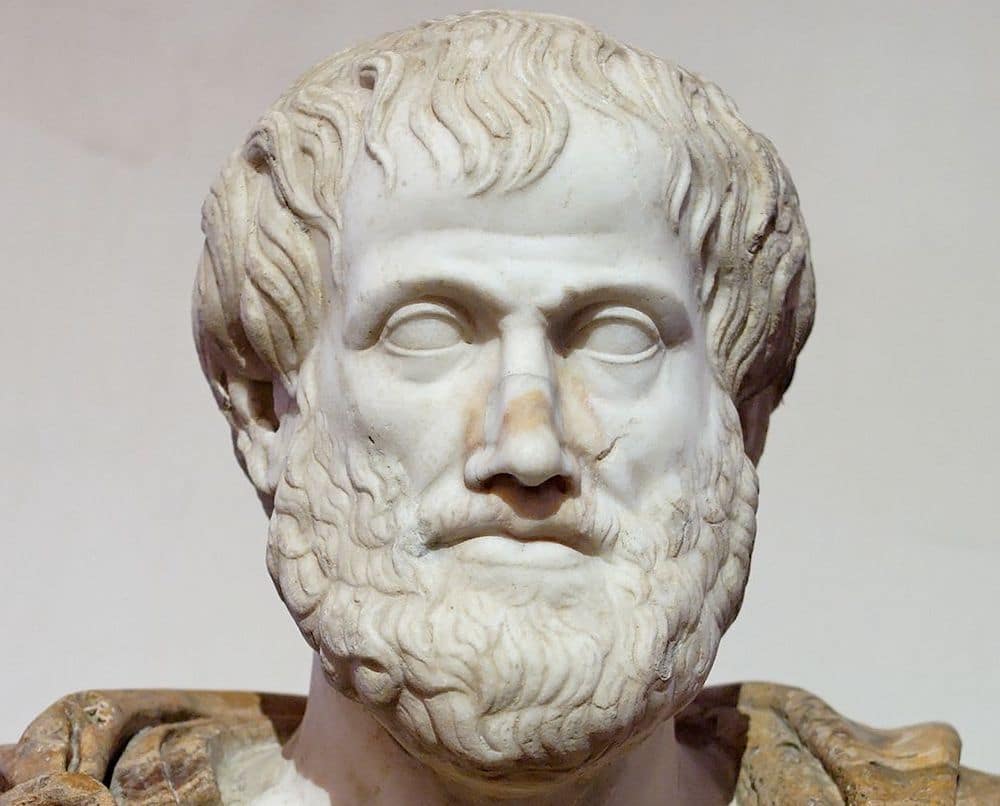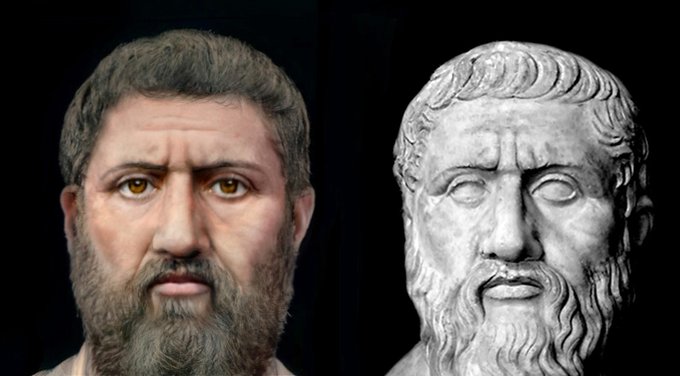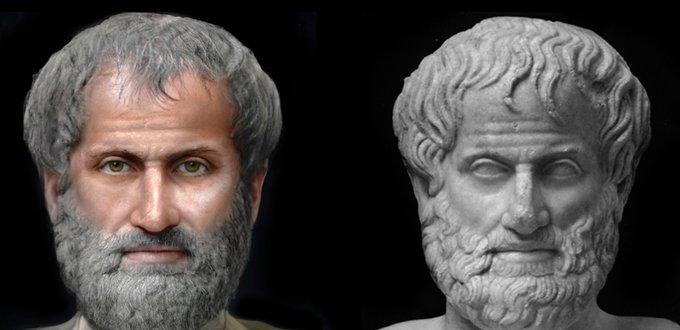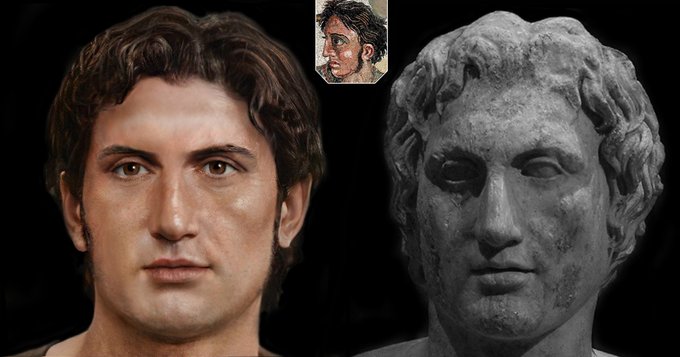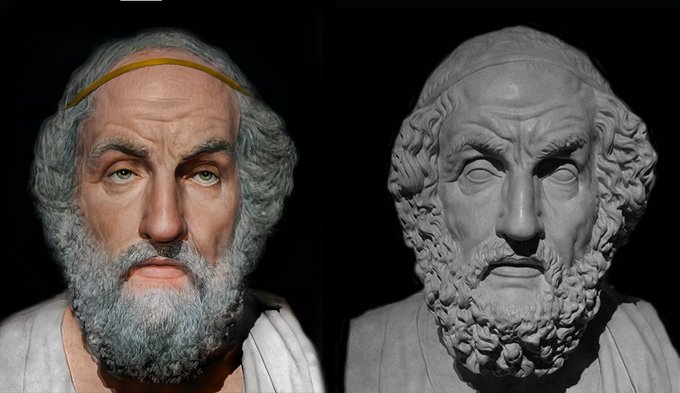Information
The Real Face of Aristotle? Artist Reconstructs Ancient Greeks
Italian artist Alessandro Tomasi has reconstructed the faces of ancient Greek and Roman philosophers and statesmen using statues and busts kept in various museums around the world as reference.
Tomasi, who is based in Florence, has gained thousands of followers in social media around the globe for his painstaking work of bringing the past back to life by reconstructing the faces of the ancient Greeks.
Plato: the most important Ancient Greek philosopher
In his quest to reconstruct the faces of the most prominent ancient Greek and Roman figures, Tomasi highlighted Plato.
Plato was one of the most influential thinkers in the history of philosophy. Plato’s concepts laid the groundwork for Ancient Greek and western philosophy and are still considered immensely influential to this day.
His contributions are easily recognizable across education, politics, ethics, epistemology, and psychology. The twentieth century thinker Alfred North Whitehead once described European philosophy as “a series of footnotes to Plato.”
Reconstructing Aristotle’s face
Aristotle, one of the greatest philosophers of antiquity, was also brought to life by the talented artist.
Aristotle founded a school in Macedonia in northern Greece in the 4th century BC. His aim was to teach the greatness and breadth of scientific and philosophical knowledge derived from classical Greek thought.
The ideals of Platonic philosophy, along with knowledge of the natural world, were taught to Alexander the Great, the son of the King of Macedonia, Philip II, alongside other nobles of the Macedonian court.
According to Plutarch, Aristotle taught “the ethical and political word” of that era to the Macedonian nobility’s young offspring with philosophy, politics, literature, mathematics, and war strategies being among the topics covered by Aristotle.
The face of Alexander the Great
Alexander himself, Aristotle’s student, was also reconstructed by Tomasi.
Alexander III, the “Basileus of Macedon,” the “Hegemon of the Hellenic League,” the “Shahanshah” of Persia, the “Pharaoh” of Egypt, and the “Lord of Asia”—better known as Alexander the Great—was one of the most significant figures in human history.
Born in Pella in modern-day Central Macedonia, in northern Greece, in 356 B.C., he was the son of Philip II, the King of Macedon and his wife, Olympias. But Alexander was no royal place-holder. He became renowned at a very early age for both for his military and political capabilities.
Alexander famously led thousands of soldiers east. What are now the modern-day countries of Turkey, Syria, Israel, Egypt, and the entirety of the modern-day Arab world became Greek in less than ten years’ time. In a few short years, Alexander had conquered all the way east to the western borders of India.
Artist reconstructs Homer, the greatest ancient Greek poet
Homer was the greatest poet in ancient Greece and the author of some of the most influential works ever written.
The Odyssey (Odysseia in Greek) is one of two major ancient Greek epic poems attributed to Homer. Scholars believe it was composed near the end of the 8th century BC somewhere in Ionia, the Greek coastal region of Anatolia.
It is one of the oldest works of literature still read by millions of people around the world. As with the Iliad, the poem is divided into 24 books.
It follows the Greek hero Odysseus, king of the island of Ithaca, and his journey home after the Trojan War which lasted for ten entire years.
Odysseus’ journey lasted for ten additional years, during which he encountered many dangers, temptations, and perils, and all his crewmates were killed.
In his absence, Odysseus was assumed dead by his fellow countrymen in Ithaca, and his wife Penelope and son Telemachus had to contend with a group of unruly suitors who competed for Penelope’s hand in marriage.
Category: English
News
Information
Key words:

